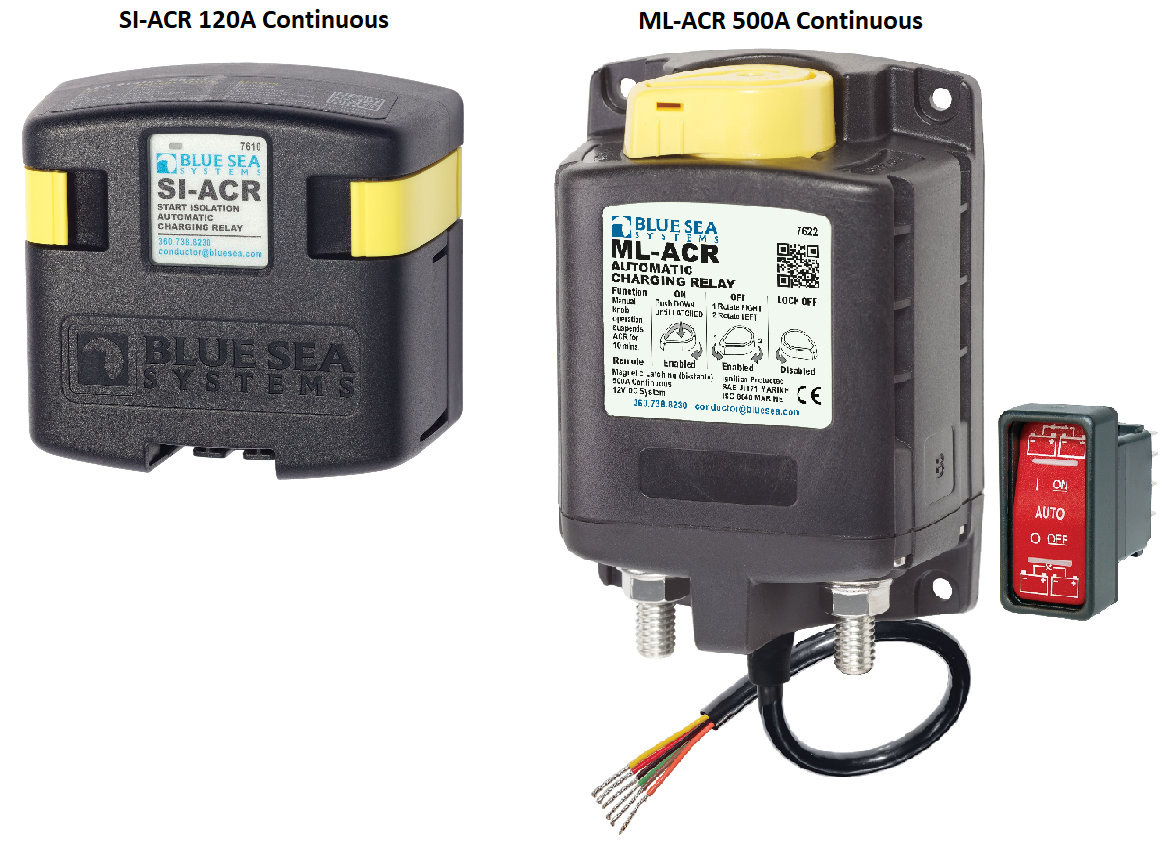Hey fellow sailors unfortunately after an awesome trip to Catalina my first time, motoring back towards San Diego my alternator took a shit and completely froze up disabling my engine anyway now I have to pull it out and replace it but I can’t figure out how to turn the power off going to the alternator, i’ve tried tracing the wires but I just thought I would ask to see if anyone could steer me in the right direction I could always take it apart with power going to it but I’d rather not and then I could always put a shutoff switch in in the future?
Scotty
Scotty




